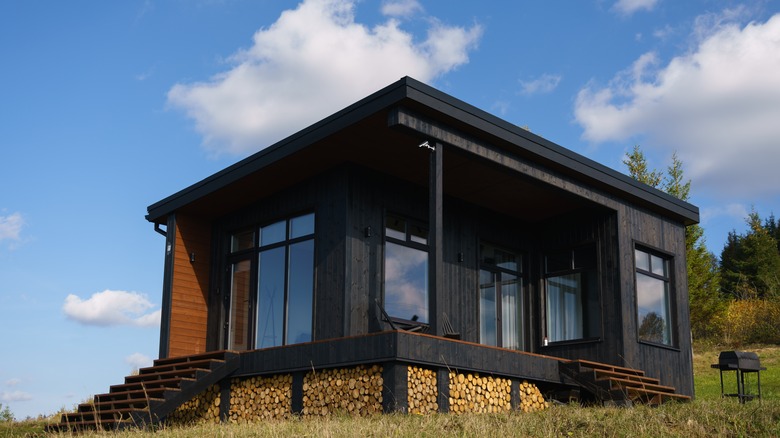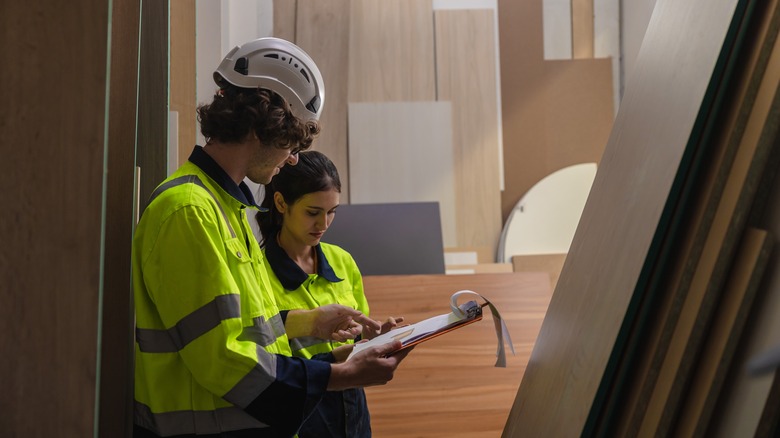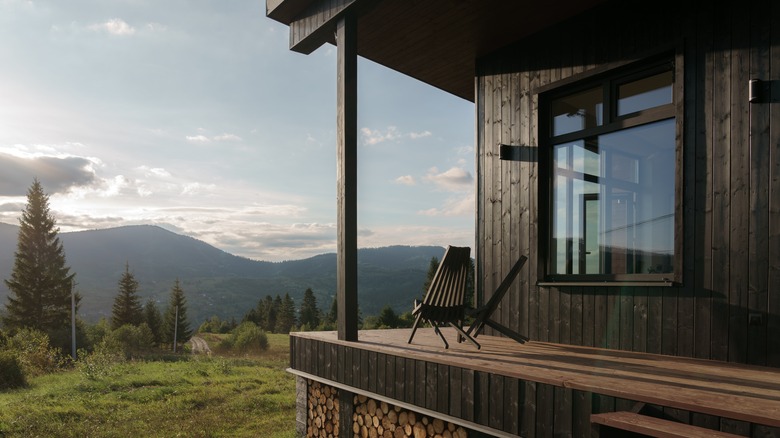Can You Shou Sugi Ban Any Wood, And How Long Does It Last?
Ever since humanity departed from caves and upgraded our dwellings, wood has been an integral element in both the construction and adornment of our homes. Across history and many cultures, mankind has experimented with different types of lumbers: from whitewashing wood floors to naturally staining wood, we've always found creative ways to showcase our unique styles by allowing the beauty of this abundant and diverse material to adorn our homes. Many trends come and go, but one ancient unique wood finish is experiencing quite the renaissance in the architectural world, and involves Eastern roots, an incendiary technique, and an elegant and surprisingly modern finish.
Shou Sugi Ban is traditionally called Yakisugi. This translates to "burned cedar," which describes the appearance and technique for achieving this look. This ancient Japanese technique preserves wood by applying a hot flame to its surface, which results in a dark and broody aesthetic and a natural, sustainable sealant. Today, Shou Sugi Ban is trending in modern architecture, recently utilized by HGTV's Jenny Marrs to create a showstopping wood design on "Fixer to Fabulous" and stunning burned wood features on "Battle of the Beach." Although Yakisugi means "burned cedar," other woods can and have successfully been used, but much like other woodwork projects, the variety of timber used will affect the project's outcome. Before you grab your timber and torch, here are the wood types you can successfully use for Shou Sugi Ban, and how long you can expect the finish to last.
What kind of wood can I use for Shou Sugi Ban?
Shou Sugi Ban isn't solely an aesthetic endeavor, but the charring of the wood's surface is also performed to create a natural sealant to protect against rot and insects. Although any wood can be burned, not every wood can be used to create Shou Sugi Ban's signature look and seal. Nakamoto Forestry, a crafter of high-grade Yakisugi siding, suggests that the best woods for making Shou Sugi Ban are light, porous softwoods. The company explains that lighter woods are preferable, because they allow for deep penetration of heat treatment while staying stable. They also grant a faster dry time in damp climates, whereas harder woods are more prone to twisting, splitting, and distorting when burned or used for home exteriors.
Nakamoto Forestry uses woods such as sugi, hinoki, pine, oak, cherry, cedar, spruce, and larch for their Shou Sugi Ban siding. Other wood manufacturers echo this sentiment, with the company Anova Bois advising against harder woods like walnut, and exotic woods like teak, as their density makes them highly difficult to carbonize. With many timber options to think of, cedar is often the number one recommendation for Shou Sugi Ban due to its bold, rich grain and soft porous nature, which perfectly complements this technique and enhances the inherent beauty of the wood. Pine exhibits a similar grain pattern, but offers a more rustic aesthetic, and is typically considered a cheaper alternative.
How long will Shou Sugi Ban wood last?
According to William Belleck, the president of Nakamoto Forestry, North America, Shou Sugi Ban will last at least 80 years or longer if regularly maintained. He explained that wood that has been treated with Shou Sugi Ban will typically need to be replaced when the wood becomes so eroded from weather that it falls apart, and this process takes around 100 years, depending on environmental conditions. Factors that will contribute to the wood's decay include whether the Shou Sugi Ban is exposed to the elements or not, so pieces used for exterior house siding will have a shorter lifespan than if used indoors. Rain, wind, sun exposure, and other climate elements will also contribute to the life of Yakisugi-treated wood, so Bullock suggests ensuring that quality overhangs are in place to protect Shou Sugi Ban wood siding on the exterior of a home.
Since this technique uses natural elements and finishes, it will organically change over time if used outdoors, but there are special protective products that you can use to seal and protect Shou Sugi Ban-treated wood and prevent decay. Tradition calls for treating the wood with tung oil, but a more modern approach is to use specialized products, such as Anova Bois Burnt Wood Protector or an oil-based polyurethane for a weather-resistant seal. With dark wood making its design comeback, Shou Sugi Ban is a timeless tradition blending natural elegance and modern aesthetics.


